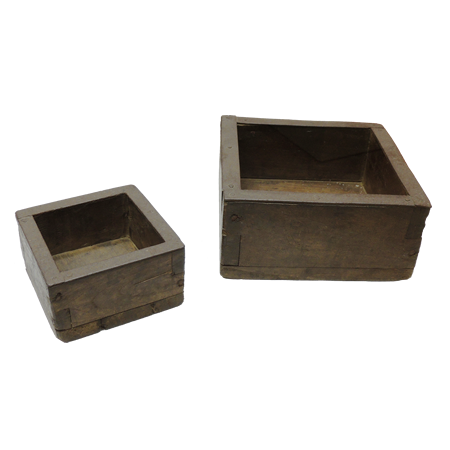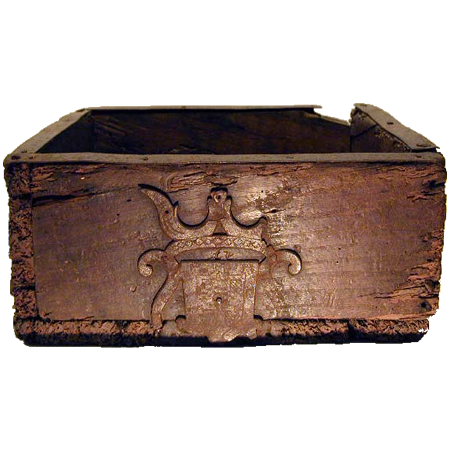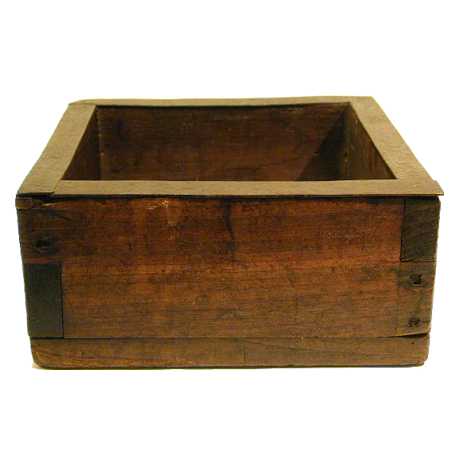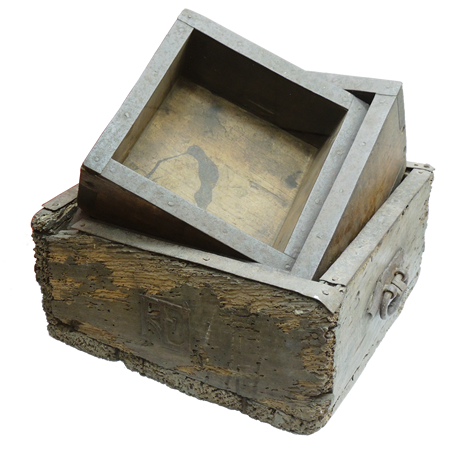
VOLUME MEASURES
Medieval volume measures were based on the almude (from the Arab al mudd) and the alqueire (bushel, derived from al keyl, which means “the measure” in Arabic).
There were references to the almude in the national territory (Earldom of Portugal) already in the 11th century, at least since 1033. As to the alqueire, the oldest known reference is from the 12th century, in the charter of Coimbra of 1111.
The almude was the base unit for measuring liquids, mostly wine, with multiples of a quarta (4 almudes) and the puçal (4 quarts = 16 almudes).
The alqueire (bushel) was the official measure for cereals (flour). It also had multiples, such as the teiga (4 alqueires) and the quarteiro (4 teigas = 16 alqueires).
At the time, the almude must have been the equivalent to 2 alqueires. There was also a larger measure, called moio, which must have been worth 64 alqueires. These measures where known as the “bread measures”.
For some time the alqueire was the equivalent to half an almude (half-almude).



